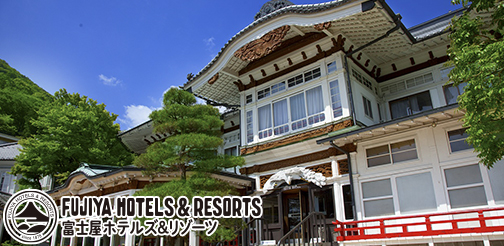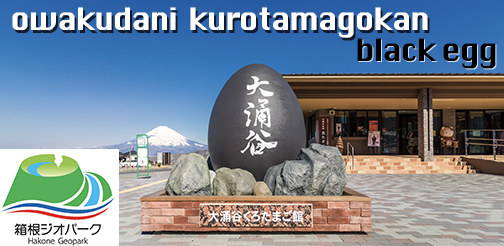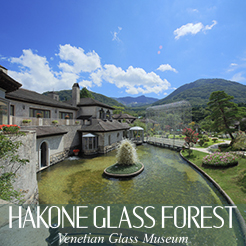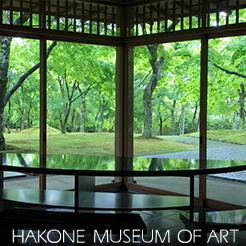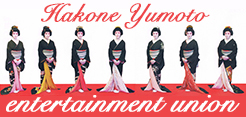The Origins and Cultural Significance of Geisha:
You’ve probably seen these mysterious, elegant figures in movies or books, but there’s so much more to them than meets the eye. They’re not just about their stunning appearance and grace; they represent a rich cultural heritage that’s deeply ingrained in Japan’s history and traditions.
The geisha have a fascinating history that goes way back to the Edo period in Japan, which was from 1603 to 1868. Back then, they were known as “geiko” in the Kyoto region and “geigi” in Tokyo. These skilled entertainers were experts in various traditional arts like dance, music, and the art of conversation. Over time, they evolved into cultural guardians, preserving and passing down Japan’s unique artistic legacy.
The origins of the geisha can be traced back to the flourishing cultural milieu of the Edo period (1603-1868) in Japan. Originally known as “geiko” in the Kyoto dialect or “geigi” in the Tokyo dialect, geisha emerged as skilled entertainers well-versed in a diverse range of traditional arts such as dance, music, and the refined art of conversation. Over time, they evolved into esteemed purveyors of grace and sophistication, serving as cultural guardians and ambassadors of Japan’s rich artistic heritage. Geisha played a pivotal role in preserving and propagating traditional Japanese arts, acting as custodians of a fading legacy in the face of modernization and globalization.
Now, while the number of geisha has decreased over the years, you can still find them thriving in some areas of Japan. The most well-known places for geisha are Kyoto, Hakone, Tokyo, and Kanazawa. Each of these places has its own distinct geisha culture. For instance, Kyoto’s Gion district is all about preserving the classical geisha arts and maintaining those ancient traditions. On the other hand, Tokyo’s geisha community in the Asakusa district has a bit more modern touch, blending contemporary elements with the traditional practices. Hakone geisha practice different forms of musical entertainment. Then there’s Kanazawa’s Higashi Chaya district, which strikes a balance between the old and the new, offering a unique geisha experience that blends regional influences and artistic expressions. Just a short walk from Hakone Yumoto station is the geisha house where you can participate in programs and walk by and get a chance to hear music or dance being practiced.
Now, let’s talk about what it takes to become a geisha. It’s not an easy path, my friend! Young girls, usually between the ages of 15 and 20, undergo a rigorous apprenticeship under experienced geisha, also known as “older sisters” or “older mothers.” During their training, they learn a whole bunch of traditional arts such as dance forms like the classic “karyūkai” dances, playing instruments like the shamisen, and mastering the art of the tea ceremony. It’s not just about the arts, though; they also learn the ins and outs of etiquette, how to carry themselves with grace, and the art of engaging conversation.
Geisha Training and the Path to Mastery
Becoming a geisha demands unwavering dedication, discipline, and a profound commitment to mastering a myriad of traditional arts. Young girls, typically between the ages of 15 and 20, embark on a rigorous and demanding apprenticeship under the guidance of experienced geisha, referred to as “older sisters” or “older mothers.” The apprenticeship entails comprehensive instruction in various traditional arts, including dance forms like the classical “karyūkai” dances, musical instruments such as the shamisen, and the refined art of tea ceremony. Geisha apprentices also learn the subtleties of etiquette, comportment, and the art of conversation, honing their skills to provide impeccable hospitality and entertainment to their patrons.
Challenges Faced by Modern Geisha
In the modern era, the role of the geisha has encountered a plethora of challenges, including dwindling demand, shifting societal dynamics, and the pervasive influence of contemporary entertainment and media. The preservation of this ancient art form amid the pressures of modernity necessitates a delicate balance between tradition and adaptation, prompting geisha communities to innovate and evolve while safeguarding the essence of their cultural heritage. Moreover, persisting misconceptions and stereotypes surrounding the geisha archetype pose a significant hurdle, underscoring the need for comprehensive education and advocacy to foster a deeper understanding of their cultural significance and artistic contributions.
But being a geisha in the modern world isn’t without its challenges. With changing societal dynamics and the influence of modern entertainment and media, the demand for geisha has dwindled. This poses a real challenge for the preservation of this ancient art form. There are also misconceptions and stereotypes surrounding geisha that can make things even more challenging. But despite these obstacles, geisha communities are adapting and finding ways to keep this incredible tradition alive and relevant in today’s world.
Participating in a Geisha Experience in Hakone
Hakone, is a scenic mountainous area in the Fuji-Hakone-Izu National Park, offers an unparalleled opportunity to immerse oneself in the captivating realm of geisha culture. Visitors to Hakone, which is just south of Tokyo, can partake in an authentic geisha experience, gaining firsthand insight into the intricacies of traditional arts, music, and dance. The Hakone Geisha Association curates special performances and events, allowing guests to witness the exquisite grace and artistry of geisha firsthand. Engaging in traditional tea ceremonies, reveling in the melodious strains of classical music, and savoring the nuanced elegance of traditional dance offer participants a rare glimpse into the timeless allure and cultural significance of the geisha tradition.
If you would like to experience the magic of the geisha firsthand, Hakone is the place to be. Set against the stunning backdrop of the Fuji-Hakone-Izu National Park, Hakone offers a one-of-a-kind geisha experience. You can immerse yourself in the enchanting world of traditional arts, music, and dance by attending special performances and events organized by the Hakone Geisha Association. Picture yourself participating in a traditional tea ceremony, listening to the soothing sounds of classical music, and being mesmerized by the graceful movements of traditional dance. It’s an opportunity to get a taste of the timeless charm and cultural significance of the geisha tradition in a truly magical setting.
Meeting a geisha is a chance to learn that it is not just about the elaborate kimonos and stunning hairdos; it’s about a rich cultural heritage that’s kept alive through the dedication and passion of these incredible artists.


